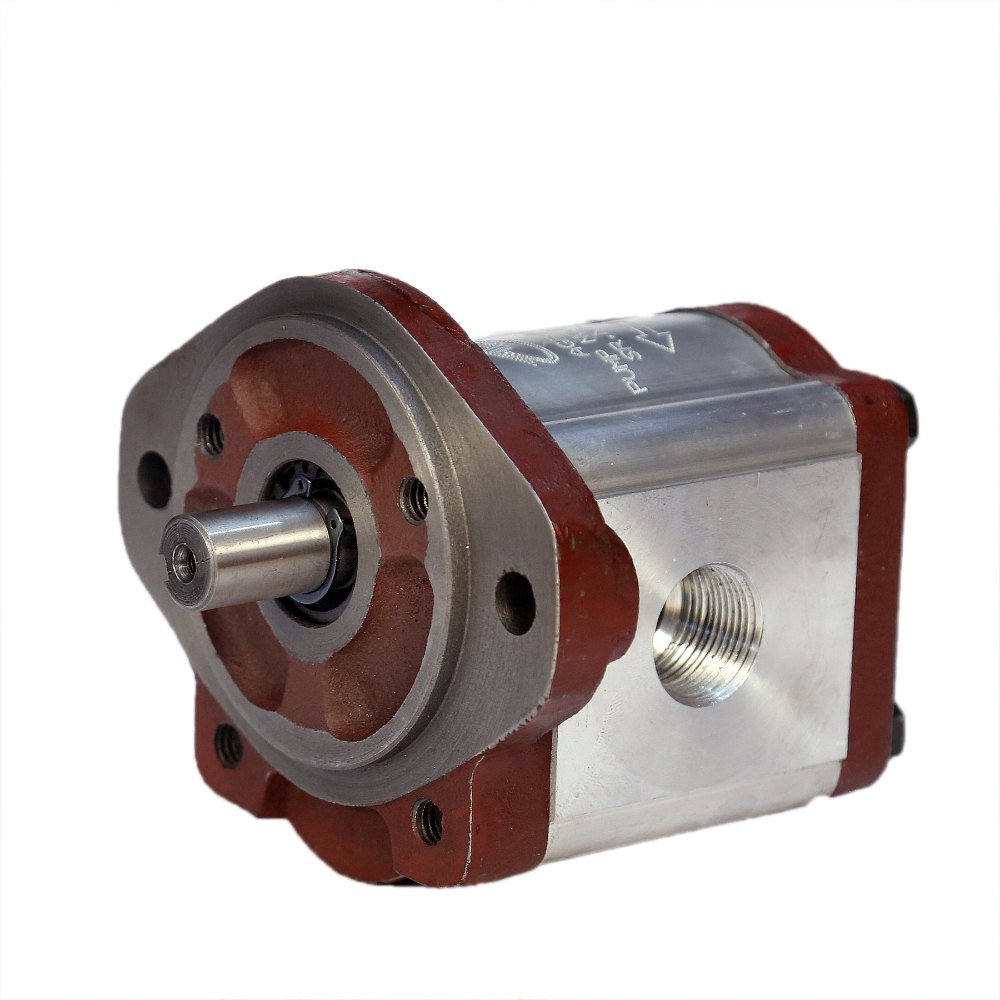Hydraulic pumps and motors play a vital role in various industries, powering heavy machinery and equipment. Over time, these components may experience wear and tear, leading to reduced performance or complete failure. When faced with such issues, it is essential to prioritize timely and effective repair to minimize downtime and ensure optimal functionality. This article explores the best practices and cost-effective solutions for hydraulic pump and motor repair, highlighting the importance of regular maintenance and seeking professional assistance.
The Significance of Regular Maintenance
Before delving into repair practices, it is crucial to emphasize the importance of regular maintenance. Preventive maintenance can significantly extend the lifespan of hydraulic pumps and motors, reducing the frequency of major repairs and associated costs. Simple tasks like monitoring fluid levels, replacing filters, and inspecting hoses can prevent more severe issues from developing. Regular maintenance also ensures that the components operate at peak efficiency, leading to improved performance and reduced energy consumption.
Common Hydraulic Pump and Motor Problems
Hydraulic systems are subject to various issues that may require repair. Some common problems include leaks, abnormal noises, temperature spikes, and reduced system pressure. Identifying the root cause of the problem is essential to implement the right repair solution promptly. Often, issues arise due to worn-out seals, damaged bearings, or contaminated fluid, which can be resolved with proper repair techniques.
Best Practices for Hydraulic Pump and Motor Repair
-
Thorough Inspection: When a hydraulic pump or motor exhibits signs of malfunction, the first step is a comprehensive inspection. Experienced technicians should assess the components to identify the root cause of the problem accurately. This inspection helps in planning an appropriate repair strategy and prevents unnecessary replacements.
-
Use of Quality Parts: During repair, it is essential to use high-quality replacement parts. Inferior components may lead to recurrent issues and additional downtime, ultimately increasing repair costs. Opting for genuine parts or reputable aftermarket alternatives ensures longevity and reliability.
-
Seal and Gasket Replacement: Seals and gaskets are critical to maintaining the integrity of hydraulic systems. Over time, they can deteriorate due to constant pressure and temperature changes. Replacing worn-out seals and gaskets prevents fluid leaks and ensures smooth operation.
-
Precision Machining: In some cases, hydraulic pumps and motors may require precision machining to repair damaged components. This process involves restoring parts to their original specifications, ensuring optimal performance and efficiency. Skilled technicians and well-equipped facilities are essential for successful machining.
-
Fluid Analysis: Contaminated fluid can cause severe damage to hydraulic systems. As part of the repair process, conducting fluid analysis helps determine the level of contamination and identifies potential sources. Flushing and replacing the fluid can prevent further problems and extend the life of the components.
Cost-Effective Solutions
Repairing hydraulic pumps and motors can be costly, especially if the issues have escalated. However, there are several cost-effective solutions that businesses can consider:
-
Timely Maintenance: Regularly scheduled maintenance is more cost-effective than waiting for a major breakdown. It helps detect and address potential problems early on, avoiding extensive damage and expensive repairs.
-
Work with Experienced Technicians: Partnering with experienced hydraulic repair technicians ensures that the job is done correctly the first time. Their expertise can help identify underlying issues more accurately, reducing the chances of recurring problems.
-
Preventive Training: Training staff to recognize early signs of hydraulic system issues can lead to prompt action, preventing minor problems from becoming major ones. Educated employees can also contribute to the overall maintenance and care of hydraulic systems.
Conclusion
Hydraulic pump and motor repair is a critical aspect of maintaining productivity and efficiency in various industries. By adhering to best practices and prioritizing regular maintenance, businesses can mitigate the frequency of major repairs and associated costs. Additionally, opting for cost-effective solutions and seeking professional assistance when needed ensures that hydraulic systems operate optimally, contributing to the success and longevity of the machinery they power.


No comments yet